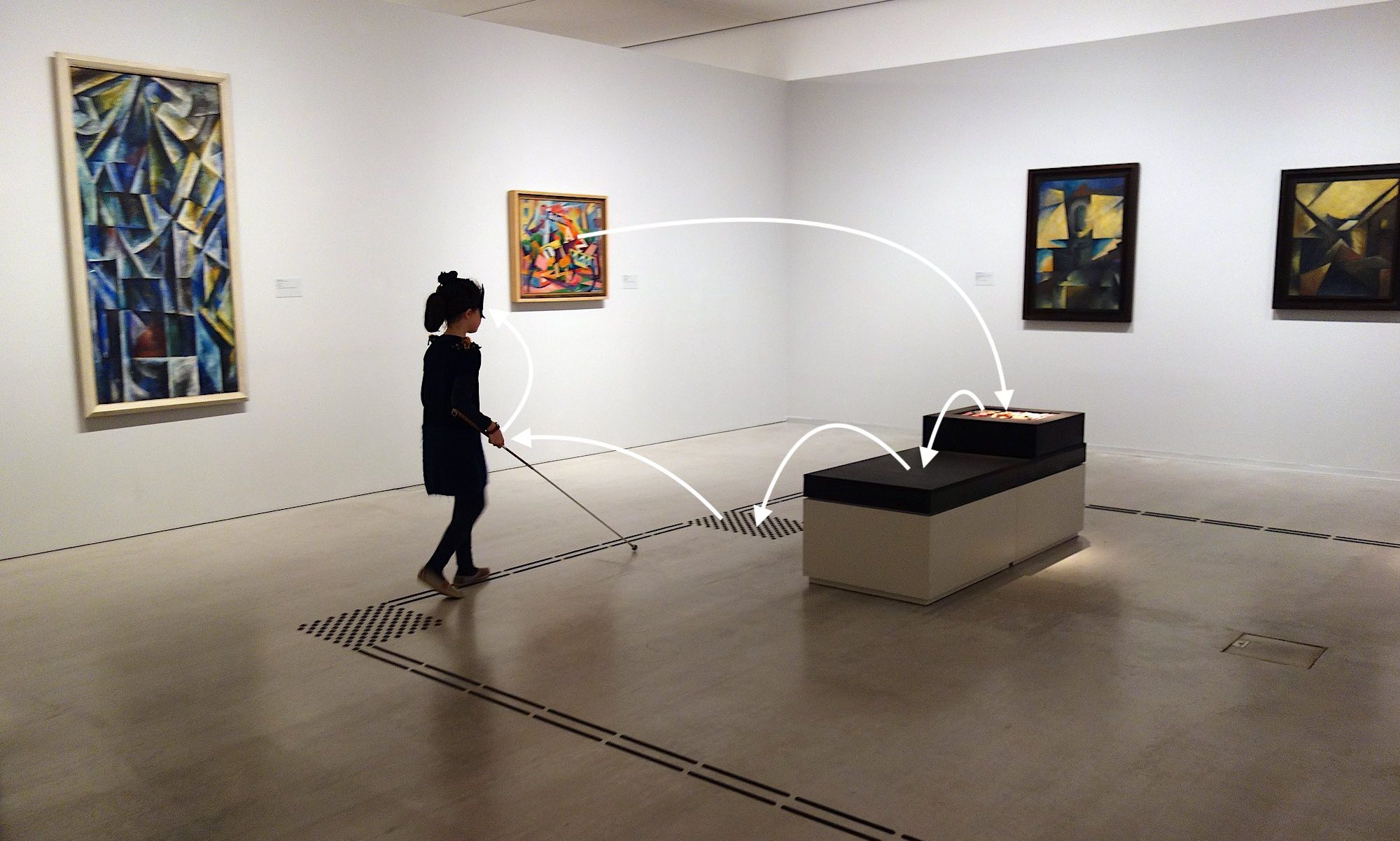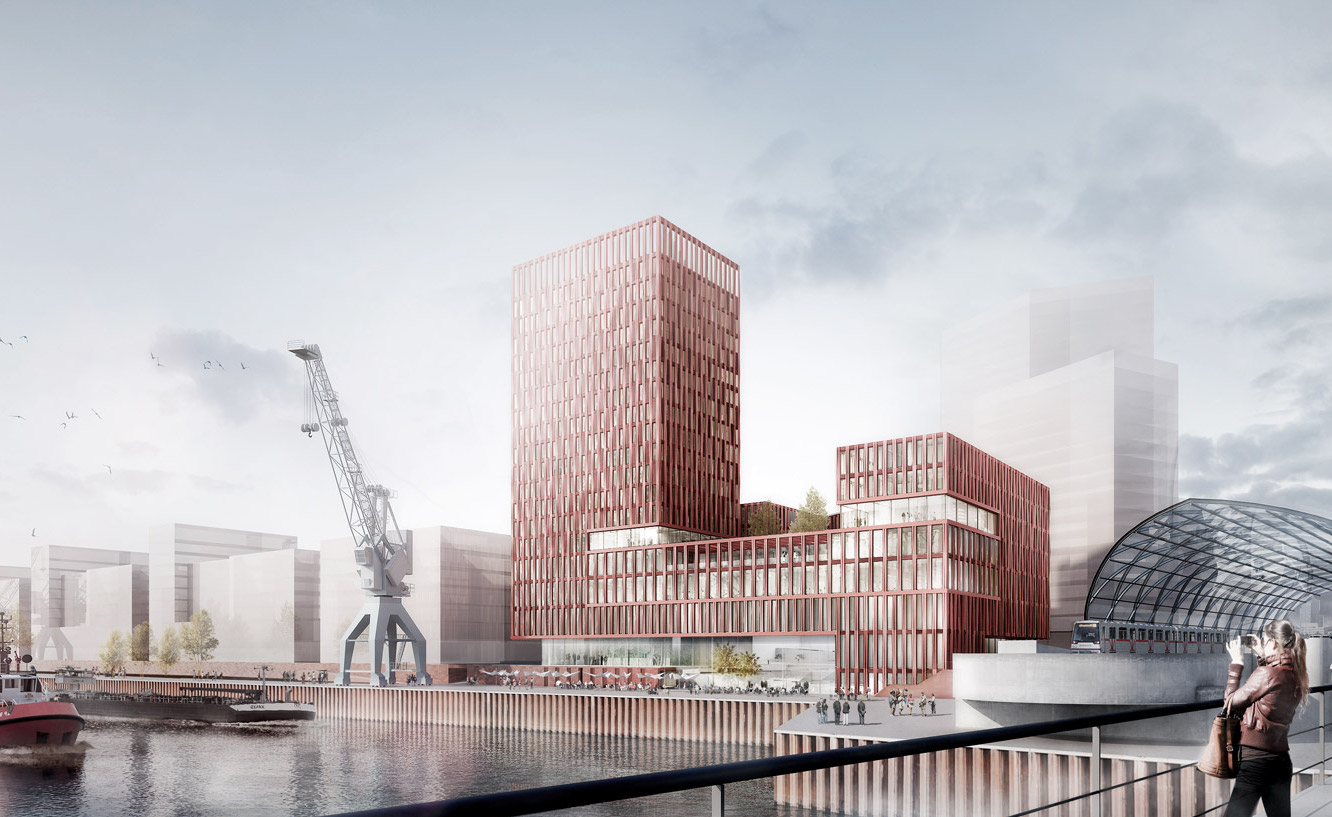Accessibility is known to be mandatory for public buildings and buildings with public access.
It is often mistakenly assumed that this refers to wheelchair accessibility, but of course it goes far beyond that.
About 30 % of the German population (and this is calculated conservatively) are not within the „norm range“ of DIN, but depend on accessibility of various kinds. These 30% are extremely diverse. This shows that attention is required if one does not want to risk that many people feel excluded or are actually physically excluded. In the ideal case, however, we are not talking about corrections or additions being adapted retrospectively, but about an awareness being developed during the design process in order to produce good, aesthetic and impeccable „design for all“.
Of course, we know accessibility in everyday life without perceiving it: The seat and steering wheel position of a car can be changed for accessibility only. The typewriter, the straw, the bicycle, the touch screen, the pizza cutter, audio books and much more are based solely on considerations to support people with handicaps in an activity.
Barrier-free designs do not require any compromises in aesthetics (unfortunately this is a widespread prejudice). Accessibility is not ugly but a concept and design tool and design basis.
My task is to be a motivating contributor of ideas and a point of contact between clients, architects, interior, product and graphic designers, who has an eye on the diversity of the people out there and thus makes comprehensive solutions possible. Ideally, I’m involved in the design process at an early stage in the meetings – to bring in the idea and the enthusiasm for the project. A kick-off meeting to raise awareness in advance makes a lot of sense. During the actual implementation there are always a lot of questions and a learning process starts.
Factors for accessibility are cognitive understanding, optics and blindness, age, mobility, height, acoustics and hearing impairment or deafness, mobility, phobias, orientation and much more. Of course, this also applies to living spaces, housing estates, public squares and parks, museums and exhibitions, schools, event rooms, malls, hospitals and much more.
I hope to have clarified the idea and the background. Design and architecture without this background is not really possible and is hardly welcomed in the current competitions.
Therefore every architecture and design office needs knowledge and empathy to create good solutions.
Current references:
- Museum Lichtenberg;
- Senate of Berlin, public park and nature park exhibition;
- German Museum of Technology, accessible art education,
- AOK Nordost, accessibility and orientation system in counselling centres and medical centre;
- Prevention centre VBG BGW Hamburg Accessible guidance and orientation system;

